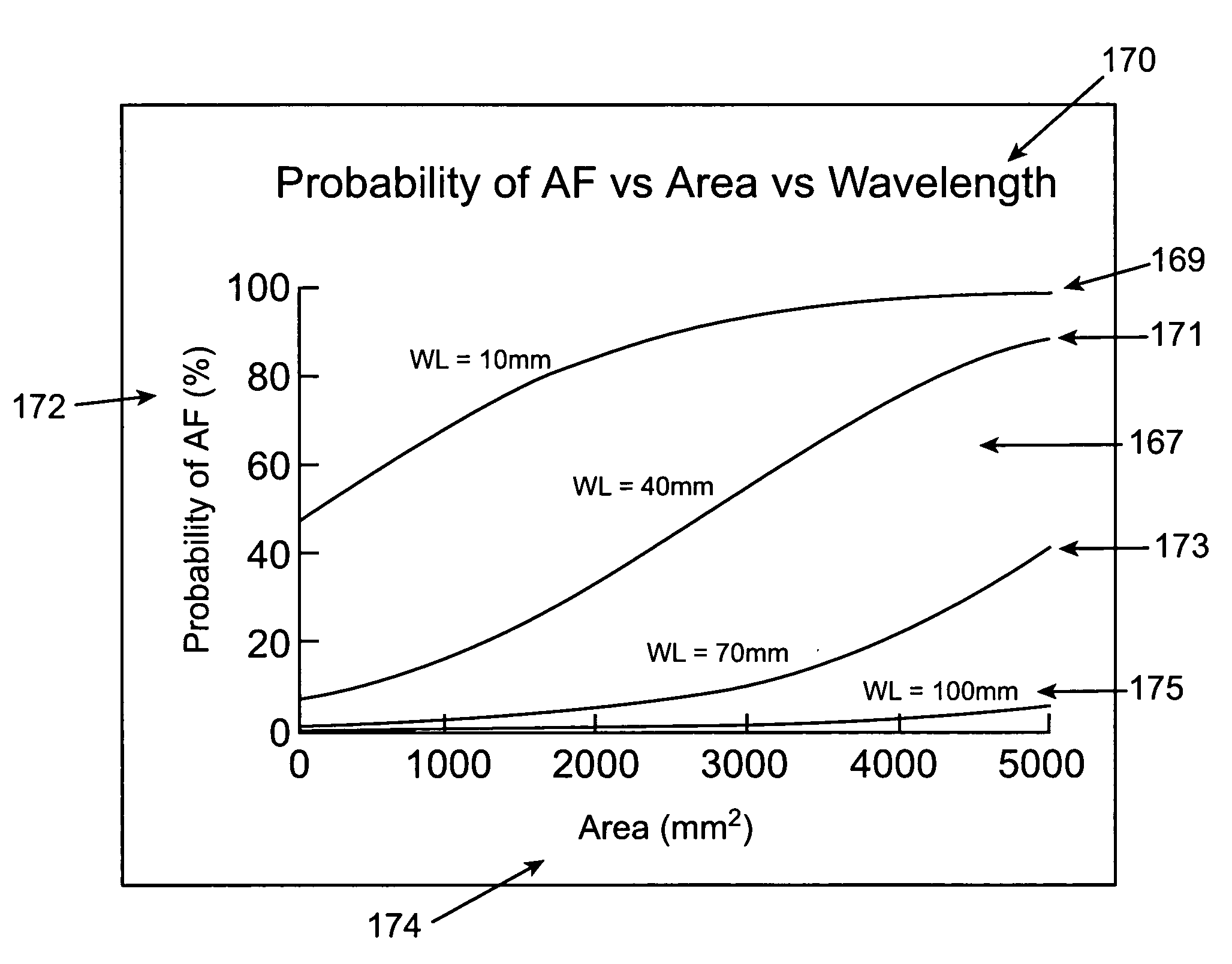Method and associated system for the interventional treatment of atrial fibrillation
a technology of atrial fibrillation and associated systems, applied in the field of atrial fibrillation interventional treatment methods and associated systems, to achieve the effect of precise lesion width
- Summary
- Abstract
- Description
- Claims
- Application Information
AI Technical Summary
Benefits of technology
Problems solved by technology
Method used
Image
Examples
Embodiment Construction
[0026]In the following detailed description, numerous specific details are set forth in order to provide a thorough understanding of the invention. However, it will be understood by those skilled in the art that the present invention may be practiced without these specific details. In other instances, well-known methods, procedures, and components have not been described in detail so as to obscure the present invention.
[0027]In this new method for the treatment of atrial fibrillation, the anatomic-based approach to the arrhythmia will be discarded, and replaced with a procedure based on the electrophysiological and geometrical characteristics of the atrial tissue in each individual patient. This procedure is individualized to the particular atrial geometry.
[0028]Referring now to an illustrative, but nonlimiting experimental procedure to determine the importance of atrial geometry and an effective refractory period based on the ability of the atrium to be able to sustain atrial fibri...
PUM
 Login to View More
Login to View More Abstract
Description
Claims
Application Information
 Login to View More
Login to View More - R&D
- Intellectual Property
- Life Sciences
- Materials
- Tech Scout
- Unparalleled Data Quality
- Higher Quality Content
- 60% Fewer Hallucinations
Browse by: Latest US Patents, China's latest patents, Technical Efficacy Thesaurus, Application Domain, Technology Topic, Popular Technical Reports.
© 2025 PatSnap. All rights reserved.Legal|Privacy policy|Modern Slavery Act Transparency Statement|Sitemap|About US| Contact US: help@patsnap.com



